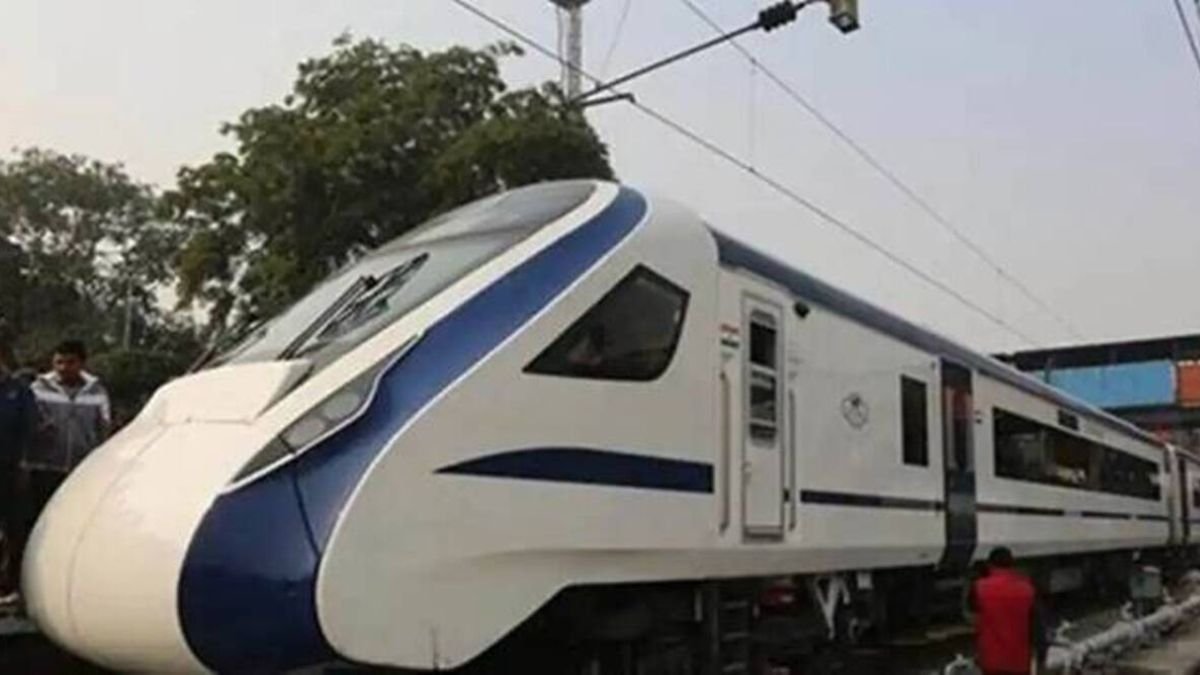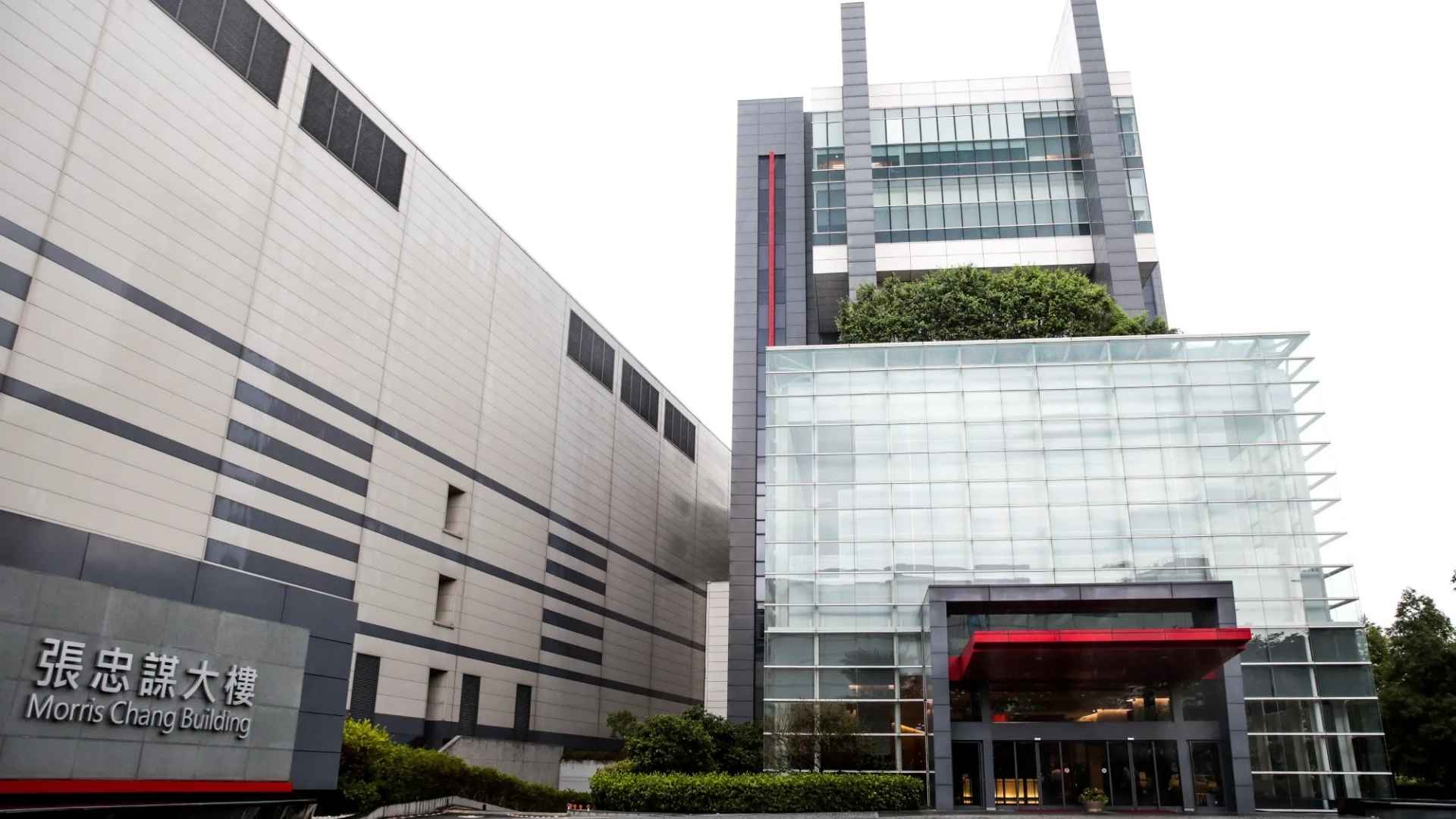
Key Highlights:
In a significant boost to the Dharavi Redevelopment Project (DRP), the Maharashtra state government has approved the allocation of nearly 256 acres of salt pan land located in Mulund, Kanjurmarg, and Bhandup. These parcels are designated for the rehabilitation of ineligible residents currently residing in one of Asia’s largest slums.
While the decision has sparked environmental concerns from a section of urban planners and activists, senior DRP officials have clarified that the designated lands are completely safe for development and fall outside of any Coastal Regulation Zone (CRZ) restrictions.
“Years ago, these parcels were officially decommissioned by the Salt Commissioner of India. No salt manufacturing has taken place there for nearly a decade. The seawater has not reached these areas since the construction of the Eastern Expressway,” said SVR Srinivas, CEO of the Dharavi Redevelopment Project.
Environmental Concerns Addressed
Srinivas emphasized that the proposed housing sites lie on the western side of the Eastern Expressway, far from the sea and separated from ecologically sensitive wetlands.
“The actual creek and wetland zones that attract migratory birds like flamingos lie to the east. Our selected parcels are free of such ecological sensitivity. All construction will begin only after obtaining the necessary environmental clearances, and we will fully comply with statutory norms,” he added.
The lands were earmarked for affordable housing under Mumbai’s Development Plan 2034, approved in 2018 during the United Shiv Sena’s tenure in the municipal government.
Long-Standing Housing Vision For Dharavi
The allocation is part of a long-term policy initiative. In 2007, the Congress-led state government had proposed using more than 2,000 hectares of salt pan land to rehabilitate people displaced by infrastructure projects. Mumbai’s Development Plan 2014–34 also projected a need for one million affordable housing units by 2021, including 3.5 lakh homes for economically weaker sections.
“Without using salt pan land, Mumbai’s redevelopment is impossible,” said former Chief Minister Devendra Fadnavis, underscoring the essential role these lands play in meeting Mumbai’s housing demands.
Parallel Developments on Salt Pan Land
The decision is not without precedent. The Excise and Customs Department of the central government is currently constructing a large office and staff quarters complex on 55 acres of salt pan land in Wadala.
In addition, 15 acres in Kanjur have been assigned for the car shed of Metro Line 6 (Vikhroli to Lokhandwala). The previous MVA government had even proposed developing a mega-shed integrating Metro Lines 3, 4, 6, and 14 at the same site.
“If building metro car sheds doesn’t cause flooding, then how does constructing homes for slum dwellers become a problem? It’s a question of long-term vision, not just land use,” said an NMDPL spokesperson, criticizing opposition to the plan.
As Mumbai battles its chronic housing shortage, the allocation of salt pan land for the Dharavi Redevelopment Project represents a vital step toward reimagining urban inclusivity. With the assurance of environmental due diligence and adherence to regulatory norms, the project could serve as a template for balancing urban growth with ecological responsibility.
The Hindustan Herald Is Your Source For The Latest In Business, Entertainment, Lifestyle, Breaking News, And Other News. Please Follow Us On Facebook, Instagram, Twitter, And LinkedIn To Receive Instantaneous Updates. Also Don’t Forget To Subscribe Our Telegram Channel @hindustanherald








